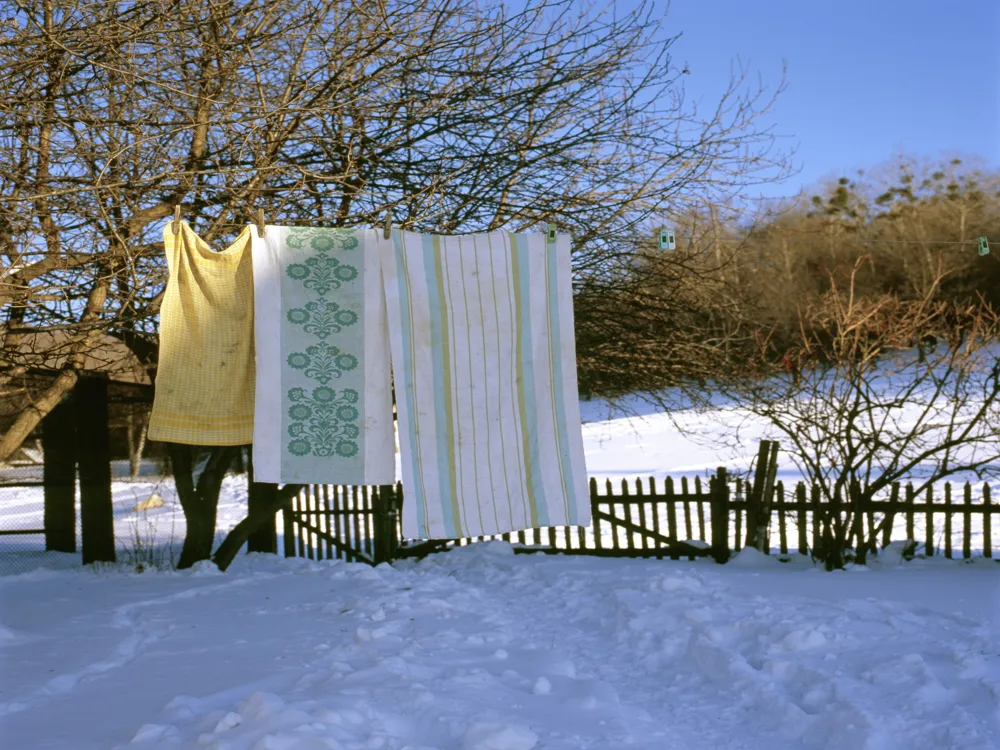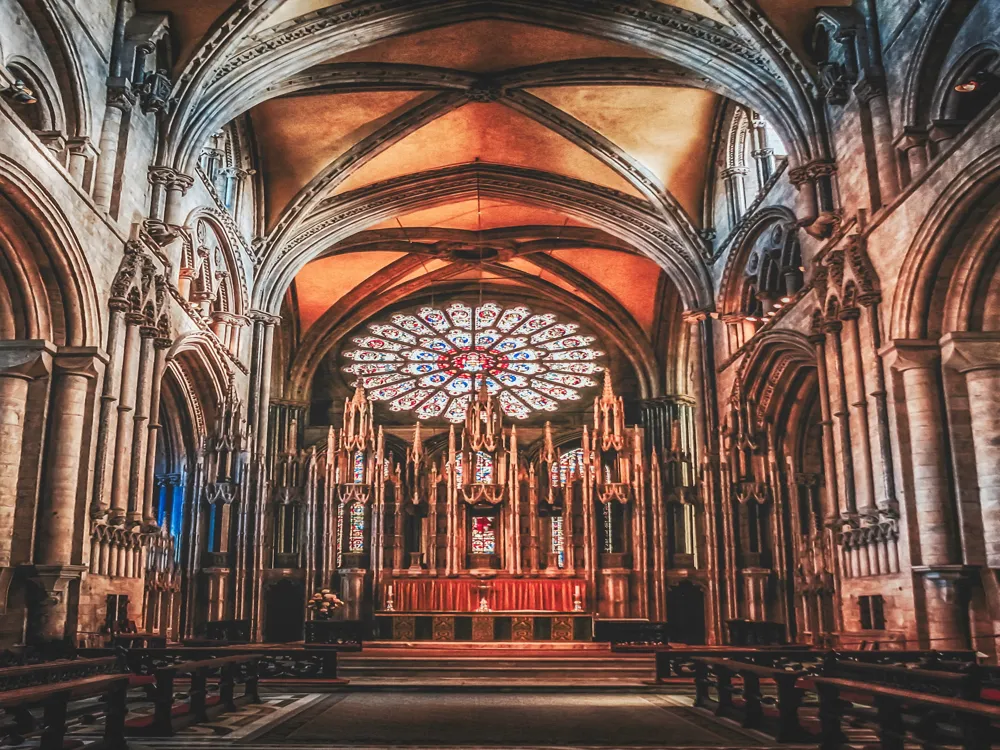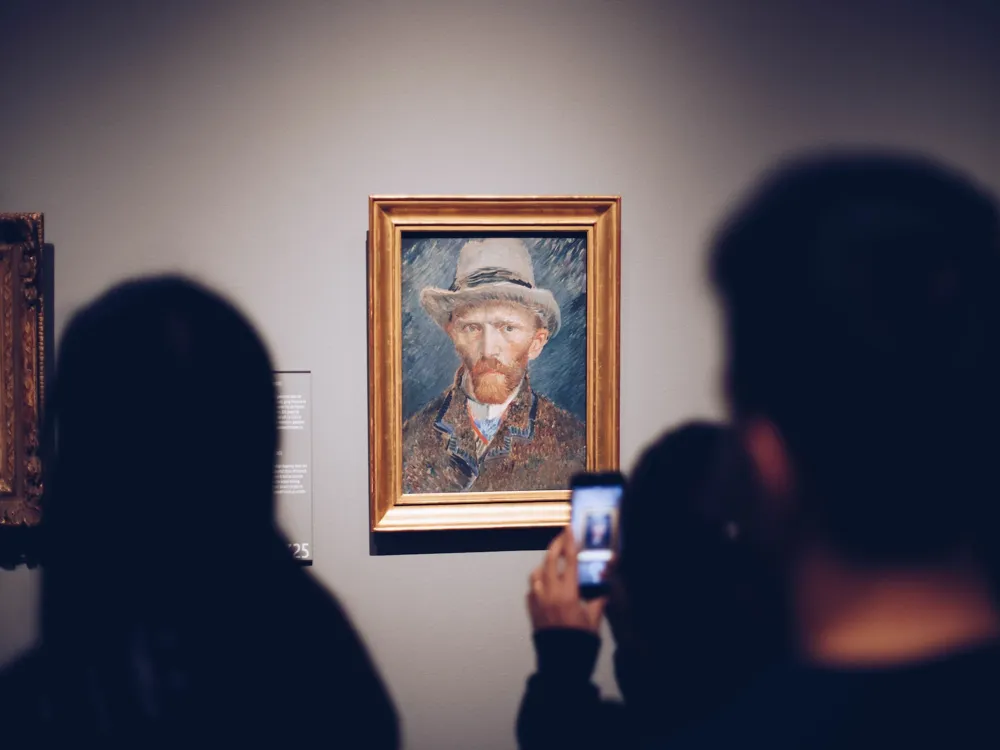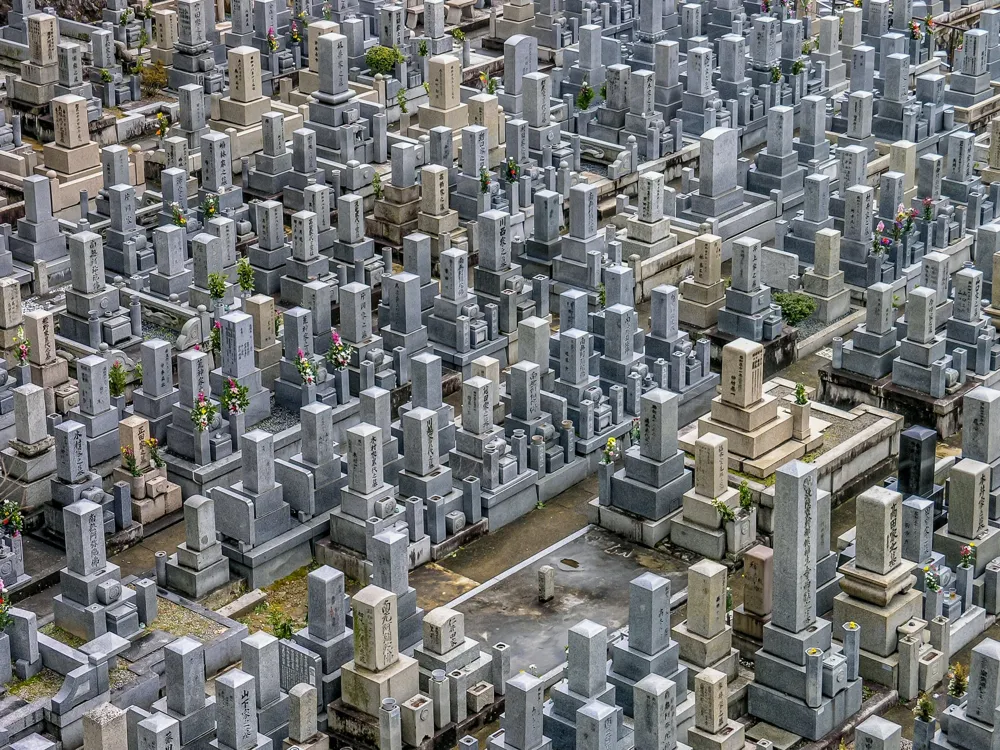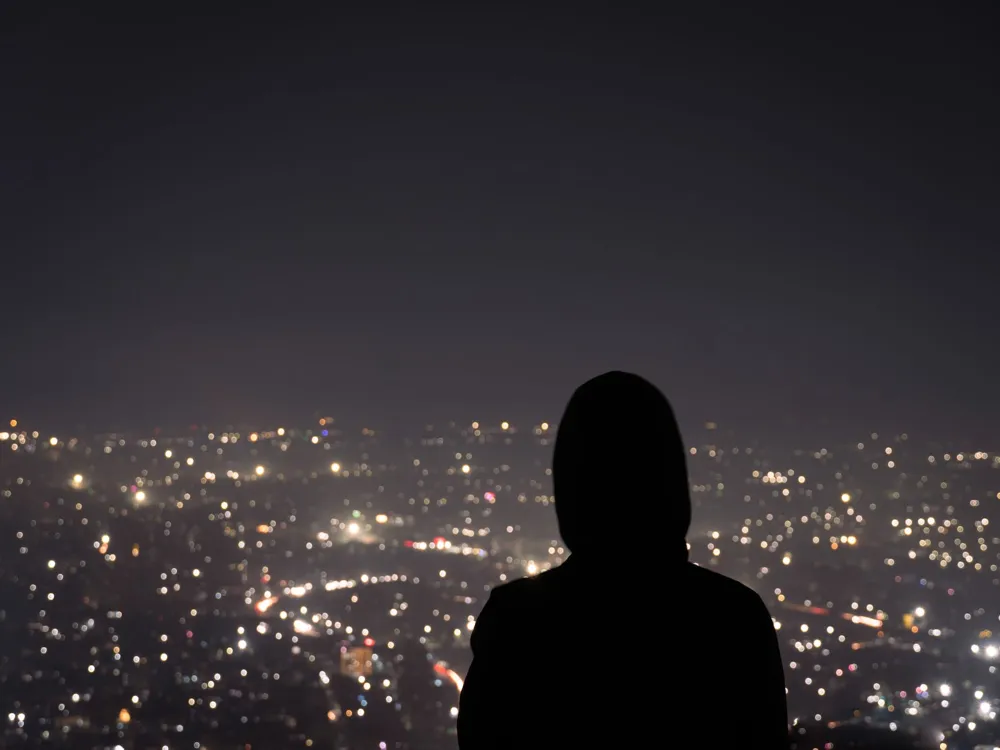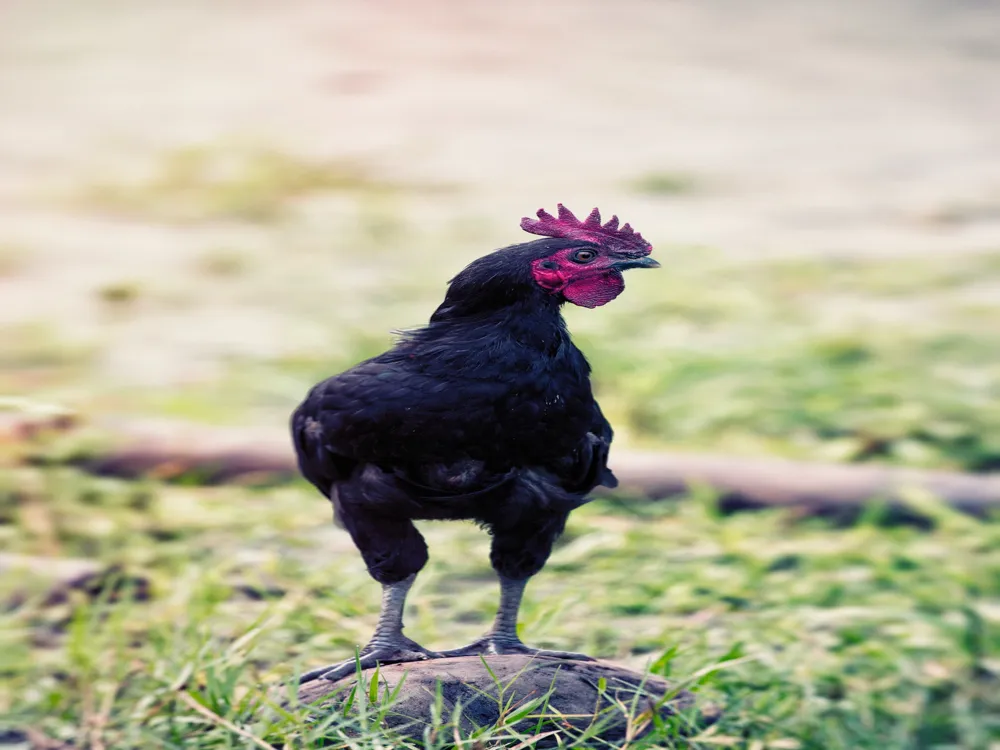Kohima, the hilly capital of Nagaland, is a city steeped in history and culture. Among its many attractions, the Kohima Museum stands out as a beacon of the region's rich heritage. The museum, dedicated to the preservation and exhibition of Naga culture, is a treasure trove of artifacts, traditional attire, and historical exhibits. It offers visitors an intimate look into the lives and traditions of the various Naga tribes. The museum's collection includes an array of intriguing items, from colorful tribal costumes and traditional jewelry to weapons and household artifacts. Each item in the museum is carefully curated to tell the story of the Naga people, their struggles, their victories, and their way of life. The museum also pays homage to the role of the Nagas in World War II, particularly in the Battle of Kohima, which was a turning point in the war in the Eastern Front. Visitors to the Kohima Museum are taken on a journey through time, where they can witness the evolution of Naga culture from ancient times to the present day. The museum not only serves as a repository of history but also as a center for cultural exchange and understanding. It plays a crucial role in educating people about the diversity and richness of Naga culture, making it a must-visit destination for anyone interested in the history and heritage of Northeast India. The Kohima Museum is not only known for its rich collection but also its distinctive architecture. The building is a fine example of contemporary architectural design infused with traditional Naga elements, creating a space that is both modern and deeply rooted in local culture. The museum's architecture reflects the unique characteristics of Naga design, incorporating elements such as bamboo, local wood, and stone, which are prevalent in traditional Naga structures. The museum's facade is an impressive sight, with its use of natural materials and indigenous motifs. It stands as a symbol of the harmonious blend of tradition and modernity. The interior of the museum is equally fascinating, with spacious galleries and well-lit display areas that enhance the visitor's experience. The use of natural light and open spaces within the museum creates an environment that is inviting and engaging, encouraging visitors to explore and learn. Each section of the museum has been thoughtfully designed to showcase different aspects of Naga culture. The layout is intuitive, guiding visitors through a chronological journey of the Naga people. The architecture of the Kohima Museum not only serves a functional purpose but also adds to the narrative of the exhibits, making it an integral part of the overall experience. While the museum is open year-round, the best time to visit is during the cooler months from October to March. The weather is pleasant, making it ideal for exploring the museum and the surrounding areas. Consider taking a guided tour to gain deeper insights into the exhibits and the history of the Naga people. Knowledgeable guides can provide context and answer questions, enriching your museum experience. Photography is allowed in some parts of the museum, but be sure to check for any restrictions. Respect the museum's rules and avoid using flash photography to preserve the artifacts. As the museum showcases the culture of the Naga tribes, it is important to be respectful of their customs and traditions. Dress modestly and be mindful of your behavior while touring the museum. Kohima Museum is easily accessible from various parts of the city. Visitors can reach the museum by taxi or local transport services. For those traveling from outside Kohima, the nearest airport is in Dimapur, from where you can hire a taxi or take a bus to Kohima. The museum is well-connected by road, and clear signage is available for easy navigation. Read More:Overview of Kohima Museum
Architecture of Kohima Museum
Tips When Visiting Kohima Museum
Best Time to Visit
Guided Tours
Photography
Respect Local Customs
How To Reach Kohima Museum
Kohima Museum
Kohima
Nagaland
NaN onwards
View kohima Packages
Kohima Travel Packages
View All Packages For Kohima
Top Hotel Collections for Kohima

Private Pool

Luxury Hotels

5-Star Hotels

Pet Friendly
Top Hotels Near Kohima
Other Top Ranking Places In Kohima
View All Places To Visit In kohima
View kohima Packages
Kohima Travel Packages
View All Packages For Kohima
Top Hotel Collections for Kohima

Private Pool

Luxury Hotels

5-Star Hotels

Pet Friendly








